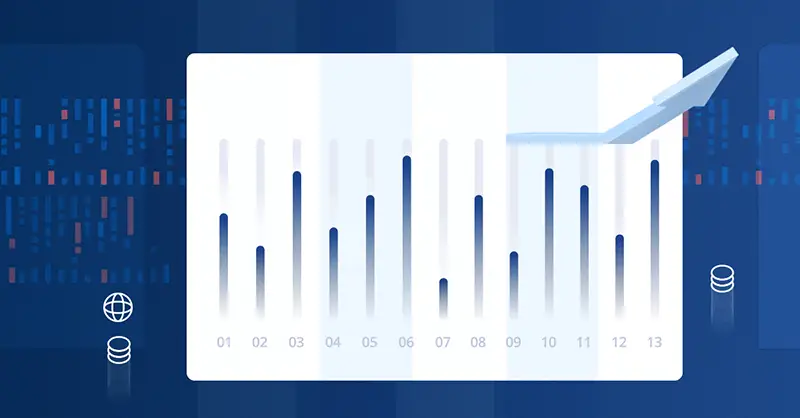Click here to get this post in PDF
Cash flow forecasting tools are an integral part of all business operations because they help you understand the financial health of your business.
Why is cash flow forecasting important?
It provides invaluable insights into the financial health of your business. For example, if you run a forecast and find that you have negative cash flow next quarter, it will allow your business to make crucial changes to improve cash flow and remain solvent.
What is a Cash Flow Forecast?
Cash flow forecasts are a business’s best attempt to use the data at its disposal to predict the cash flow for a certain period of time. For example, you may run a 13-week forecast, which would show you how much cash inflows and outflows you’ll have at the end of the period.
You’ll need a few statements to begin:
· Income statement
· Balance sheet
You’ll need multiple points of information, including knowing your revenues and operating expenses during the period.
If your business isn’t new, you can use the data that you already have to determine common outflows and inflows, such as:
· Rent
· Inventory costs
· Payments to suppliers
· Payroll
· Etc.
You can also use contracts and any other information to help you calculate the income you expect to come into the business during the forecast period.
Types of Cash Forecasting
Cash flow forecasts can have multiple types, each with its own place in the business world. The types of forecasting to consider are:
Short-term
A short-term forecast looks at just a few weeks in the future and can be even as short as just a few days. Automation is the best option when creating short-term forecasts.
Medium-term
Medium-term options are only often used for quarters. For example, one of the most common short-term options is the 13-week forecast, which will look at your business’s projected cash flow for about a quarter in the future.
Long-term
Long-term options are often six or more months in the future. These cash flow forecasts provide great insights into the potential needs of the business in the future, but the longer the forecast period, the less accurate it will become.
You may find that the best method for creating a cash flow statement for a manufacturing company is the indirect method, and this is 100% fine if it works for your business. Most businesses will use the indirect cash flow method when creating forecasts, but the choice is 100% up to the business.
Cash Forecasting Advantages
Why would you go through all of this hassle to create a cash flow forecast? The forecast can provide many advantages for your business, including but not limited to:
· Identifying problems before they happen. You might have a pipeline full of clients, but when everyone is paying late, it will leave your business in poor financial health. You might not even be able to pay your employers or suppliers. You’ll know of these issues beforehand so that you can adjust as necessary.
· Reduce the risk of cash flow shortages. If you know cash flow is going to be short, you can seek financing or make adjustments to reduce expenditures and generate additional revenue during the period.
Finally, when your business has a solid financial standing, it will also keep your employees and suppliers happy. No one appreciates late or non-payments, and cash flow forecasting ensures that you never have to worry about these issues.
The Best Way to Make a Cash Flow Forecast
The best way to create forecasts, especially for larger businesses or those that are even a year into operation, is to invest in cash flow forecasting software. If you choose the right software solution, it will offer you:
· Low-cost option to run cash flow statements
· Easy integration with leading accounting platforms
· Real-time cash flow statements and management
You can pay someone to create a forecast for your business manually, but it’s almost always in your best interest to automate the creation of your cash flow statements. A small investment in software will often save you substantial money in the long term.
In Conclusion
Regardless of the cash forecasting model that you use for your business, you’ll find the information they provide to be invaluable. You can use the forecast to make smarter, data-driven decisions about your business that are only guesses without running a forecast.
You may also like: Keeping Regular Cashflow into Your Business

